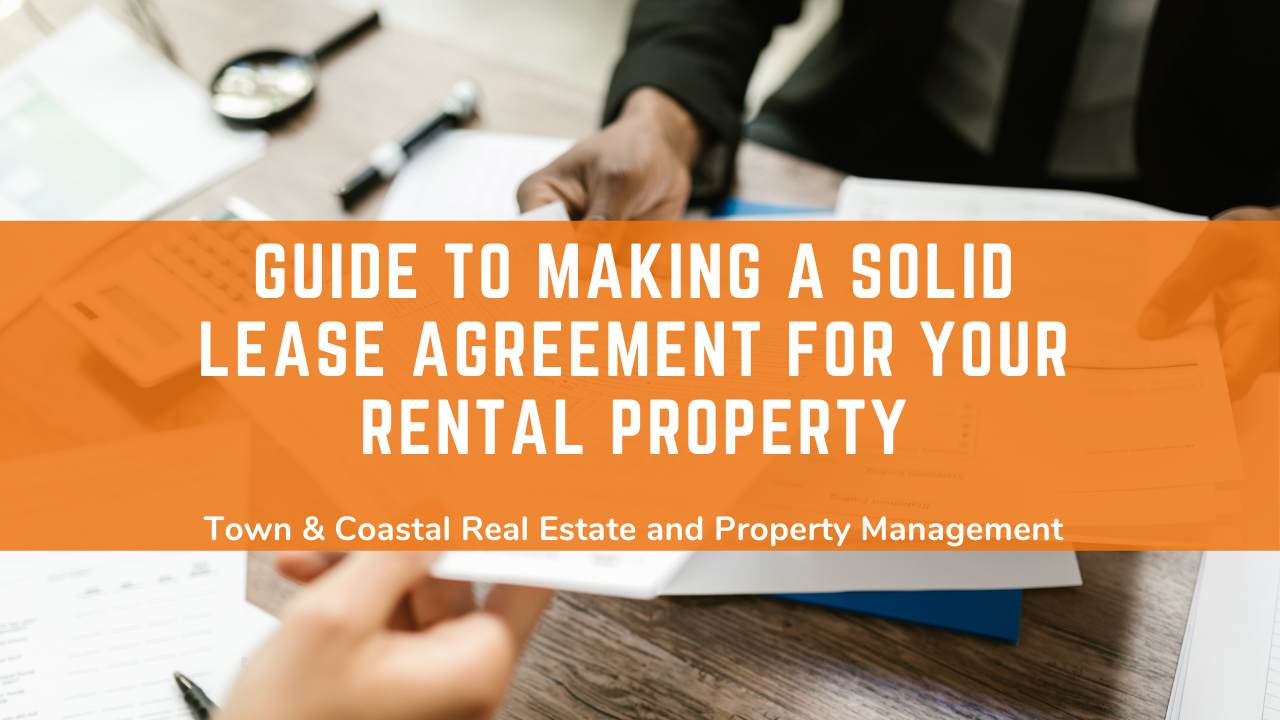Key Takeaways
Include All Essential Lease Details: A comprehensive lease should clearly state terms like rent, duration, rules, responsibilities, and all parties involved to avoid misunderstandings and legal issues.
Use Clear, Simple Language: Avoid legal jargon so tenants can easily understand the agreement, which helps ensure compliance and reduces confusion.
Know and Follow Local Laws: Ensuring your lease complies with state and federal regulations is critical to making it legally enforceable and protecting your rights as a landlord.
The real estate market is fairly stable, making it perfect for those looking to secure ways to diversify their portfolios. Unlike the stock market, you won’t have to worry about constant fluctuations. You’ll be able to rest easily knowing that your investment will appreciate over time.
However, this doesn’t mean real estate investments are free from risks. Missed payments, property damage, holdover tenancies, theft, and squatters are some of the biggest threats to landlords. On top of this, property owners have to be wary about landlord-tenant conflicts, evictions, and legal disputes.
Luckily, most of these problems can be avoided with a well-written lease agreement. If you want to keep your investment safe but don’t know how to write a lease agreement, keep reading. Our experts at Town & Coastal are here to share industry secrets and best practices for writing strong lease agreements.
Key Information Every Lease Agreement Should Include
You can’t write a good lease if you don’t know what information it should include. Whether you're using a template or drafting your lease from scratch, you must make sure it includes the following information:
Names of All Parties. List the full legal names of all tenants over 18 and the landlord. This ensures everyone involved is identified and can be held accountable.
Property Address. Clearly state the full property address, including the unit number. Additionally, include a brief description of the unit and any other included areas, such as community gardens or shared amenities.
Lease Term. State the lease's commencement and termination dates, and clarify whether it is a fixed-duration agreement (like a one-year lease) or a month-to-month rental arrangement
Rent Amount and Due Date. State the monthly rent, when it’s due, and the preferred payment method, such as checks, wire transfers, or online payments. Additionally, detail the late payment fees and the grace period for missed payments.
Security Deposit Details. Specify the security deposit amount, the location or account where it will be held, and the terms under which it will be refunded.
Utilities and Services. Clarify which utilities are included and which the tenant is responsible for.
Occupancy Limits. Limit how many people can live in the unit to avoid overcrowding.
Maintenance and Repairs. Define who is responsible for routine maintenance, emergency repairs, and reporting damage.
Rules and Restrictions. Include policies on pets, smoking, noise, use of shared spaces, and any HOA rules.
Termination and Renewal Conditions. Detail the conditions for terminating the lease early and for renewing the lease.
Signatures and Dates. All parties must sign and date the agreement to make it legally binding. Never allow tenants to move into the property if they haven’t signed the lease yet.
Top Tips for Writing a Solid Lease Agreement
Writing a solid lease agreement can seem like a challenging and complicated process, but it doesn’t have to be that way.

You don’t have to be a legal professional to write a strong lease for your rental property, as long as you follow these best practices:
1. Familiarize Yourself with the Local Rental Laws
As a landlord, you are required to comply with both federal and state landlord-tenant laws. This also applies to your lease agreements. By familiarizing yourself with your local rental laws beforehand, you’ll be able to write a strong and legally compliant lease agreement for your rental.
2. Be as Detailed as Possible
When it comes to writing a lease agreement, it’s better to be safe than sorry. The more detailed your lease is, the easier it’ll be to communicate your expectations. You can write your lease agreements from scratch. But if you want to save time and effort, you can use a template instead. Make sure to use a reliable template specific to your state to ensure it complies with the local rental laws.

Make sure to include any piece of information that you consider important, whether it’s the price of rent and any additional fees, or specific house rules. Additionally, make sure each clause and addendum is clearly outlined. Tenants could use any loopholes to avoid complying with the terms of the lease.
3. Use Accurate and Clear Language
Avoid overfilling your lease agreement with complicated terms and legal jargon. You may think that the more complex the agreement, the more professional it’ll be. But, in reality, an overly complex lease will only confuse tenants, making it more difficult to communicate rules and expectations. So, it’s better to use plain language, avoiding unnecessary legal jargon.
An unclear or inconsistent lease can lead to disputes or legal challenges. If possible, have someone else read it. A new pair of eyes can help you spot any grammatical errors, unclear terms, or contradictions you may have missed.
4. Partner with a Property Management Company
You don’t have to be a legal professional to write a solid lease for your rental property. However, having some insider knowledge can pay off. If you’ve never written a lease agreement before, you should consider partnering with a property manager.

A property management company, like Town & Coastal, can help you review your lease agreement to ensure it complies with local laws, includes essential clauses, and protects your interests. Additionally, they can help you with other aspects of property management, such as legal compliance, tenant screening, and property upkeep.
Bottom Line
A well-defined lease outlining terms, rules, and tenant responsibilities can help prevent misunderstandings, reduce maintenance problems, and avoid legal conflicts. A solid lease agreement will provide the grounds for legal action if a tenant violates the agreed terms, such as failing to pay rent or making unauthorized alterations.
If you need help writing a lease agreement for your Arroyo Grande, CA, rental, contact Town & Coastal now!


